Summer is well and truly with us now, but warmer weather not only brings out the flowers and beneficial insects but the pests and diseases too. Here are a few of the most common pests and diseases to look out for at this time of year and some natural ways of dealing with them.
PESTS
A garden pest is basically a creature that causes damage to garden plants and can range in size from deer right down to tiny insects that can only be seen under a microscope.
SPIDER MITES
These tiny, tiny mites are just about visible to see. They flourish in warm, dry weather and for this reason are most often found in greenhouses and on houseplants. They are what is known as ‘sap suckers’ as the literally suck the sap which feeds the plant from its leaves.
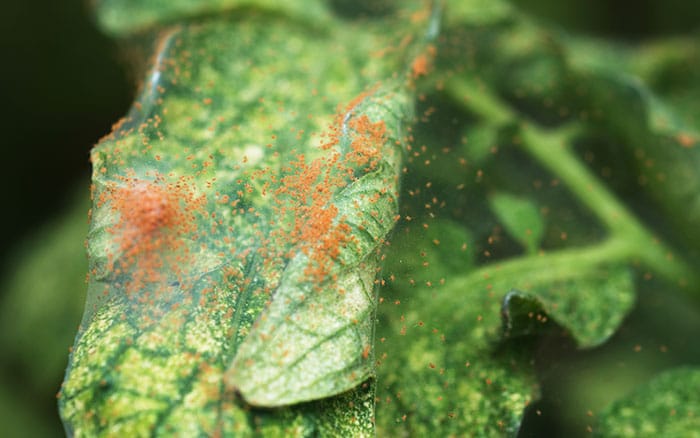
How to spot
Leaves of the plant often become speckled with yellow which then turns silver or bronze. A very distinctive advanced sign of their presence is when the plant starts to be covered in a very fine webbing like a spider’s web, which is the reason why they’re given their common name of spider mites.
Plants affected
Spider mites can affect a very wide range of plants especially citrus, tomatoes, aubergines, cucumbers, and other plants most commonly grown in the greenhouse
How to control
Fortunately, there is a really easy way to control these pests and that is to just increase the humidity around the plants. In other words, make it unpleasant for them to want to be there. On houseplants that simply involves spraying your plants during hot weather with water from a mister.
In greenhouses spray water from the hose onto the floor, preferably mornings and middle of the day. Both methods increase humidity around the plants and if you remember to do this regularly during the growing season you should be able to keep these pests away from your plants.
CARROT FLY
There is nothing more disappointing than pulling carrots you’ve been carefully tending out of the ground only to discover the outside covered with dark narrow tunnels on the surface. The culprits responsible for this are the offspring larvae of the carrot fly.
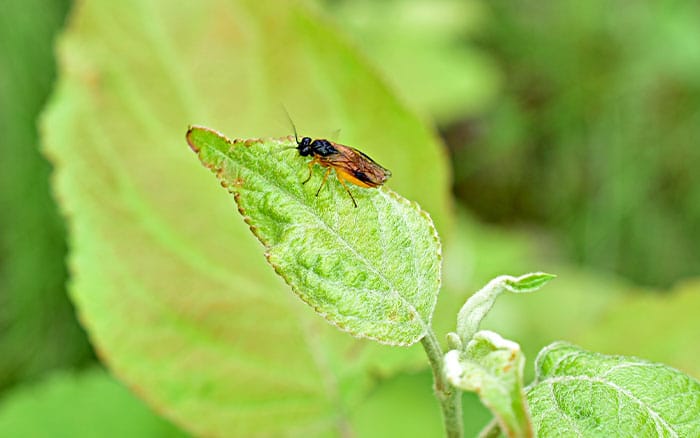
How to spot
Swirling dark indentations into the outer skin of the carrot and stunted growth of young plants are the classic signs.
Plants affected
Called ‘carrot fly’ because the females most commonly target carrots, they can also be found on parsnips, parsley, and celery.
How to control
These pests tend to lay their eggs twice a year, early and late summer. The females are particularly attracted to the scent given off from carrot leaves when they’re touched, i.e. when you’re thinning or harvesting. Fortunately for us these flies don’t fly very high so one easy way to deter them is to put a 45cm barrier of garden fleece around your crop. Another deterrent is to grow crops next to carrots that give off a strong scent when in active growth such as onions.
SLUGS AND SNAILS
No article on pests would be complete without mentioning probably the UK’s number one pest. There are many different types of both slugs and snails living in our gardens. They tend to hide during the day in dark, shady places and come out at night to feed.
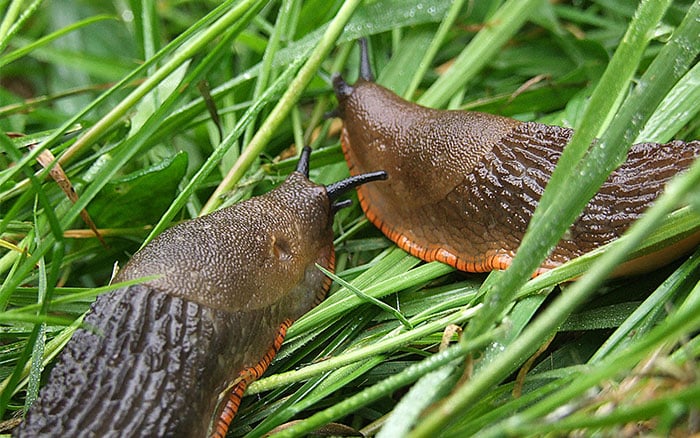
How to spot
There are several signs including the instantly recognisable slimy, silvery trail. Other tell-tale signs are ragged holes in the leaves of plants and stems of young plants completely bitten through. In really bad cases all the soft leaves are eaten leaving just the tough leaf veins.
Plants affected
A huge range of plants are affected but seedlings and soft leafed plants are particular targets. They can also munch on tulip bulbs and potato tubers.
How to control
Sadly, there is no one ‘quick fix’ for these pernicious pests so it’s best to employ a range of different tactics to deal with them. This will depend on how much time you have available and how determined you are to keep them at bay. Patrolling the garden at night with a torch to find, collect and remove from your garden is one way.
It seems they’re not keen on copper and so surrounding plants with copper tape, widely available from Garden Centres and Plant Nurseries, may help deter them. Some people have had success surrounding the plants they particularly want to protect with sacrificial seedlings such as lettuce that slugs and snails particularly like.
The idea is to get your prized plant to the stage where leaves and stems have toughened up to the point where it’s too tough to be of interest to the pests. Encouraging wildlife into the garden is another natural way of control. Hedgehogs and birds in particular are the gardener’s great friends when it comes to controlling pests.
DISEASES
Diseases are caused by single cell life forms known as pathogens.
BLACK SPOT
‘My roses have got black spot!’ is a very common gardeners’ cry and this must surely be the most common disease of roses in the UK
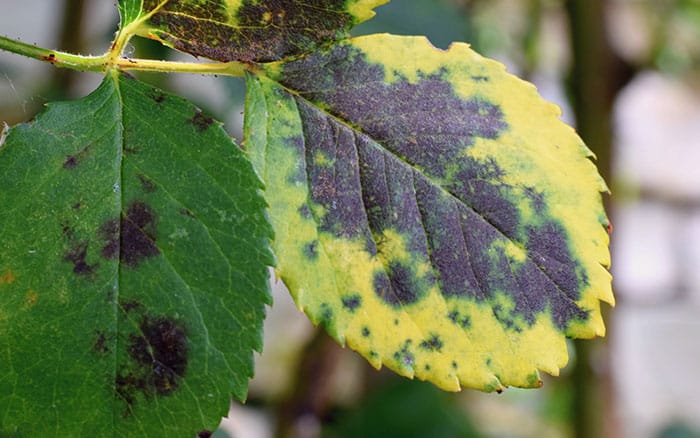
How to spot
Distinctive black spots on the leaves. If the black spots have fringed edges, then it’s more than likely the dreaded black spot.
Plants affected
This particular disease only targets roses. Sycamore trees can also suffer from black spot but that’s a different type of fungus.
How to control
As with slugs and snails there are a range of ways to try to stop this disease occurring on your roses. The first is to choose varieties bred for their disease resistance. The second and most important is how you grow them. A healthy plant is less likely to succumb to a disease, rather like humans. Roses appreciate being grown in a very fertile soil that stays moist. Black spot is a fungal disease and loves warm, humid conditions so make sure your roses have plenty of air circulating around them which means not overcrowding them with other plants.
DOWNY MILDEW
Another fungal disease and this one is very commonly found on a lot of vegetable plants.
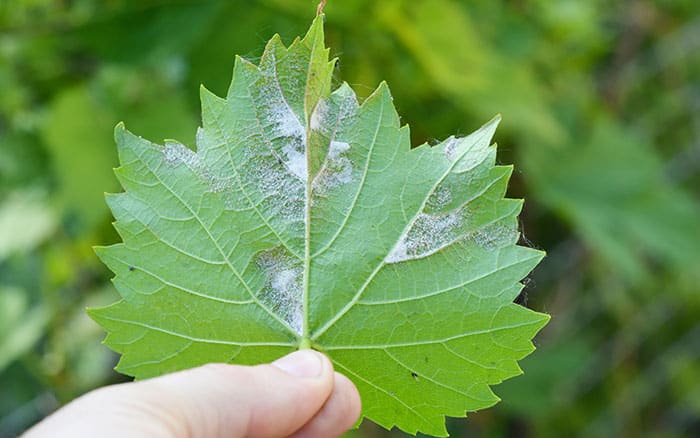
How to spot
Very distinctive yellow spots start to appear on the upper surface of leaves followed by a furry, silver purplish growth. In really bad cases the leaves wither up and die.
Plants affected
Plants in the squash family such as courgettes and pumpkins as well as cucumbers and melons are often affected.
How to control
Looking for varieties that are said to have resistance to downy mildew is a good starting point and being careful how you water if another way of trying to avoid it developing. Water at the base of the plants not overhead and, again, keep plants well ventilated so that air can circulate freely around them and hopefully this should help deter it taking hold.
BOX BLIGHT
A serious disease of box plants that sadly has really taken hold around most of the UK and can cause the death of established box hedges.
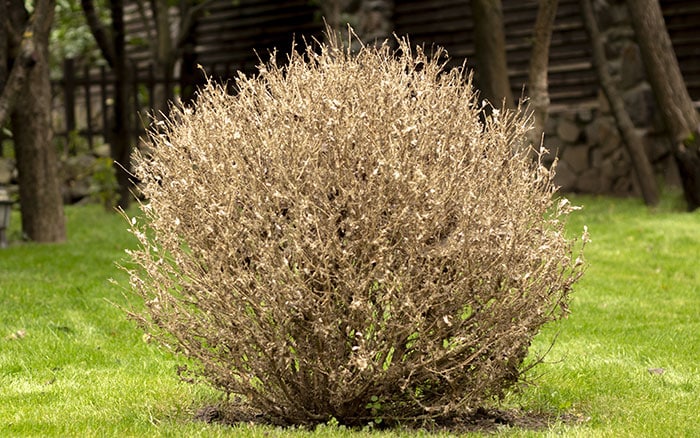
How to spot
There are two types of box blight, one more serious than the other, so it’s best to get a professional diagnosis before taking action. Look out for leaves turning brown and falling creating bare patches in the plant as well as black streaks on young stems that then die
Plants affected
As with black spot of roses this disease affects only box plants.
How to control
It’s important to regularly check your plants as early detection could help save the plant. It spreads really quickly when the weather is warm and wet so avoid overhead watering. If you spot signs and it only seems to have affected a small section of the plant then cut out the affected part, disinfect secateurs after and bag up the parts of the plant removed. Also remove and bag up as many fallen leaves as possible and do not compost. It’s good to also feed plants regularly with a seaweed base product.
If you’re thinking of buying box plants, then put them in isolation for 4 weeks after buying and before planting. Commercial nurseries may have sprayed the plants with a fungicide which suppresses but doesn’t kill the blight organisms. If the plant does have blight, then symptoms will appear within those 4 weeks.

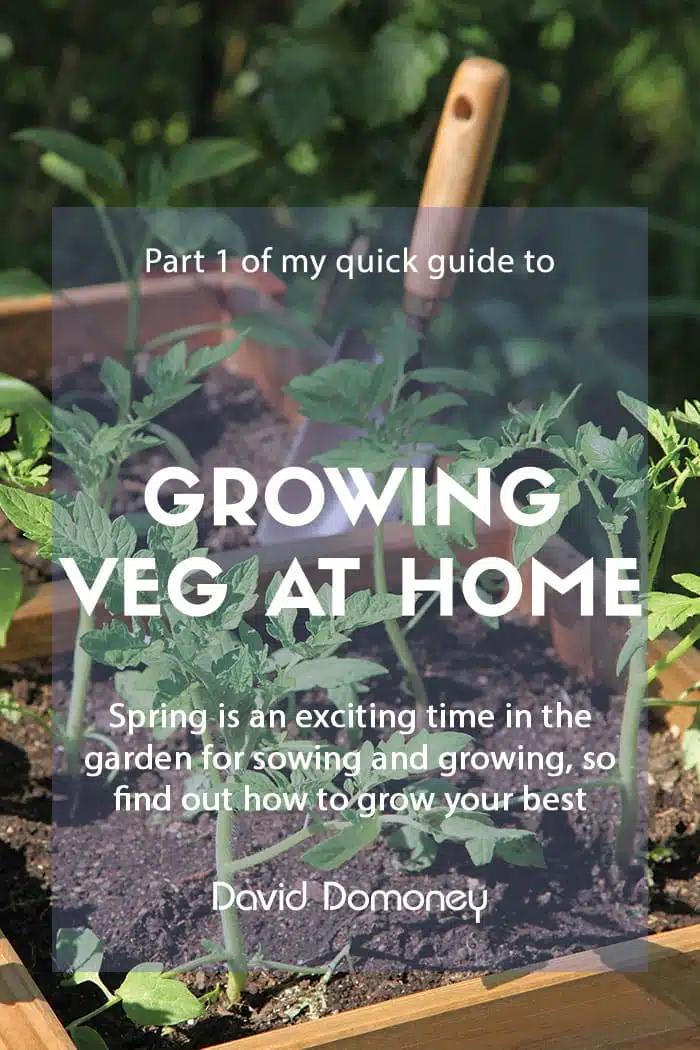


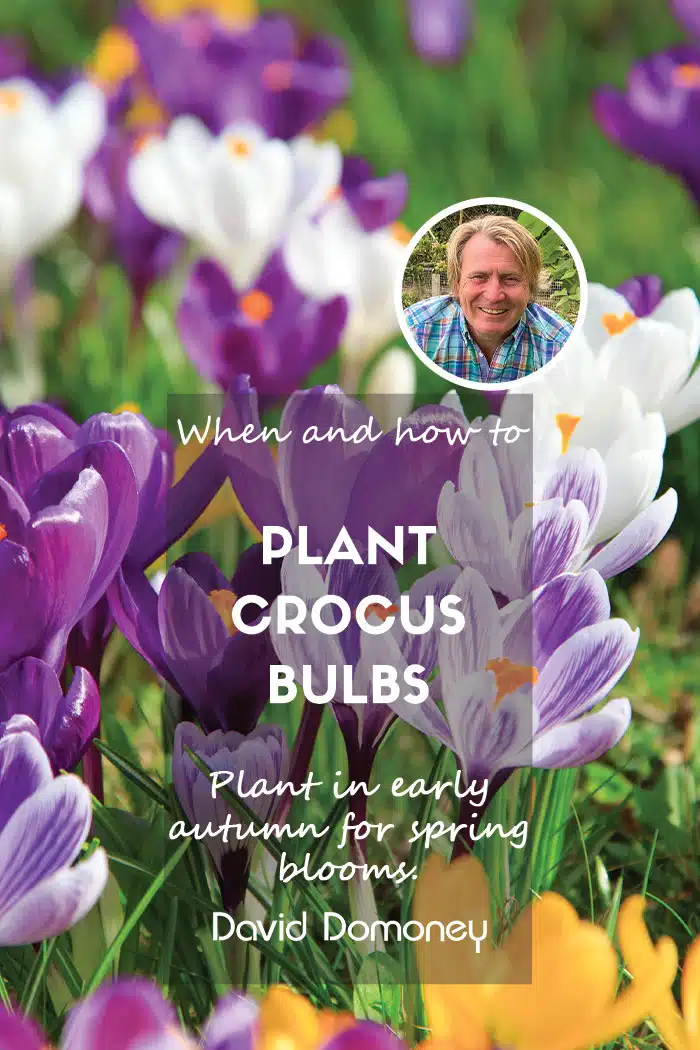
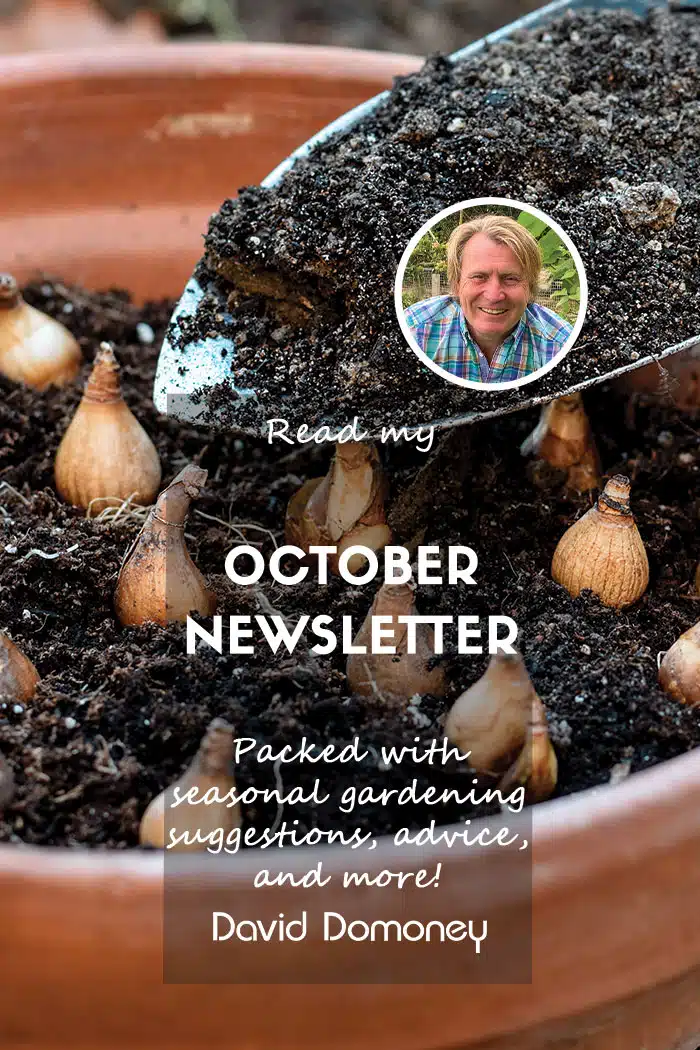

Leave A Comment